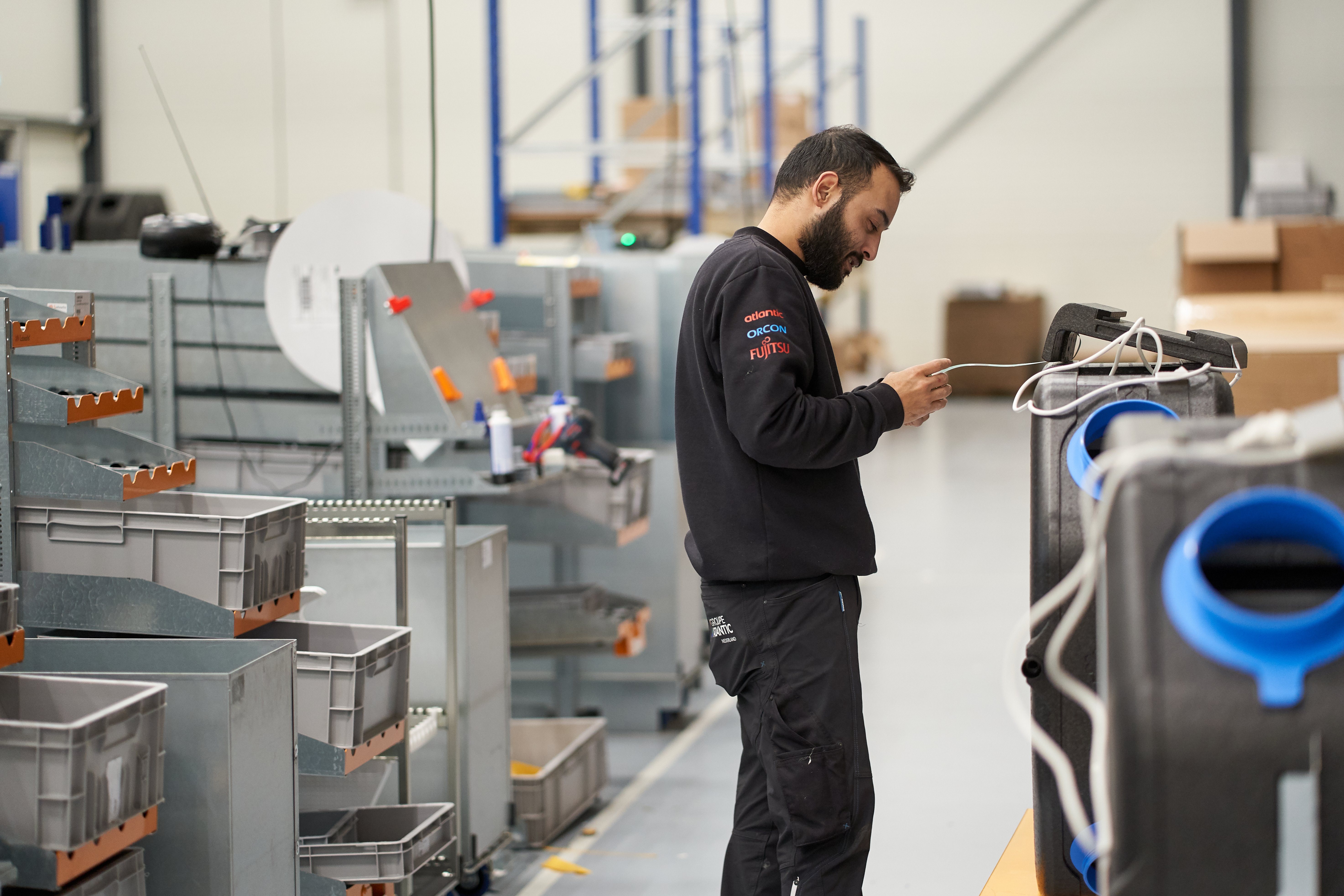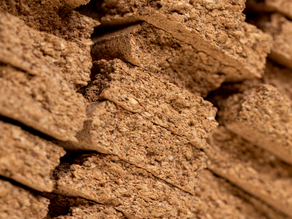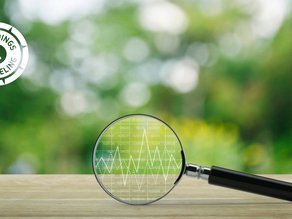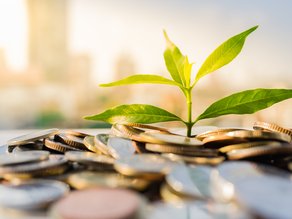Orcon HRC and OptiAir balanced ventilation
Since January 2024, two balance ventilation systems with heat and cold recovery from the Orcon brand with category 1 data are listed in the NMD.

Since January 2024, two balanced ventilation systems with heat and cold recovery from the Orcon brand have been listed with category 1 data in the NMD. We spoke about it with Madelon Voorhoeve, formerly managing director of Orcon, now sustainability ambassador for the company. "We develop and assemble all products ourselves, in collaboration with local companies. We therefore have a lot of influence on material choices, the assembly process and logistics. This is now also reflected in the environmental costs. Our products have a very low footprint."
With roots in the 1970s, Orcon grew from a family business to a major national player in ventilation and heat pumps in recent decades. Under the group name Groupe Atlantic Netherlands, Orcon, together with the Atlantic and Fujitsu brands, is now betting heavily on the energy transition and further sustainability.
"Over the last 20 years, we have developed a specific focus on residential construction in this, where we are very close to the customer and the end user. If we received feedback from the market that the resident often left the ventilation on setting 1, we ensured that a moisture sensor was installed in the system as standard. So that the ventilation system would automatically work harder if necessary. Later, CO2 air quality sensors were added."
A special feature of Orcon is that local production and assembly have long been realised by employees with a distance to the labour market. ‘We are very proud of that.’

Orcon
Madelon Voorhoeve
From mechanical to balance
In the early years, residential ventilation was mainly about mechanical ventilation. Now, the focus in the industry is much more on balance ventilation.
"With balance ventilation, the heat and coolness from the house is no longer emitted with the air to the outside, but used to heat or cool fresh air from outside again. This is more sustainable ánd it is more comfortable, because the indoor climate remains perfectly balanced."
Netherlands frontrunner
Madelon explains that we are frontrunners in the Netherlands in this respect. "We notice that we are ahead in Europe with the price-quality ratio of our Dutch ventilation products. We have been at it for so long in the Netherlands. Ventilation has been mandatory in the Building Decree for a long time. Of course, we also have the climate for it. Things are different in countries like France, Spain and Italy. As a result, there is a clear difference between the Netherlands and other countries: in knowledge about balanced ventilation, the material choices we make and the further development of our products."
Surprising ECI
Orcon is constantly looking for ways to improve the production process and make it more sustainable. Partly for this reason, the company decided to commission an LCA of two products. The Orcon HRC balanced ventilation system with WTW and the Orcon HRC OptiAir balanced ventilation system with WTW.
"It was a nice challenge to collect all that data. Especially to collect them from our suppliers. We spent six months working on it. With the LCA in our pocket, we could also go to the NMD and the final ECI score showed what we already knew: the products have a very low footprint. Specifically, they are scores of €20.60 and €24.27 for a lifespan of 17 years. That's a fantastic result."
Short logistics lines, hardly any packaging
Orcon knows where that good score comes from. ‘We strive to use as many recyclable materials as possible, have minimised the use of steel to where it needs to be, and work with short logistics routes due to our local production in the Netherlands,’ he says.
"We also use hardly any packaging material. The entire assembly line has as little packaging as possible. All screws, adhesive tapes, stickers are delivered in trays, which are returned to the supplier. And the products going to the customer are packed in brown cardboard boxes without printing, which are easy to recycle."

Eye for details
‘We definitely have ambitions too,’ Madelon explains. "The front plate is now made of plexiglass. That is already much better than sheet steel, but a material like bamboo would be even better, because bamboo absorbs CO2 while growing. Furthermore, we also look at the details.The foams, the packaging, the adhesive tapes.One of those foams, for instance, is now biobased. It concerns a small part, but precisely those details, we are also working on that."
Gaining and giving insight
Madelon recommends every manufacturer to have an LCA done. "Construction is responsible for 40% of CO2 emissions in the Netherlands.It is important that we all get and give more insight into the sustainability of our products. So that we can do better and better."
Filling the Gaps compensation scheme
Orcon took advantage of the NMD's Filling the Gaps compensation scheme. "That did help, although we would have done it without White Spots.But I can imagine that for other companies it is something that can put them over the top."
"I can only say: it's worth having an LCA done because of the insight you get into what could be improved. And inclusion in the NMD makes that more widely known in the market. The more examples in it and the more evidence of lower CO2 impact, the better it becomes."




